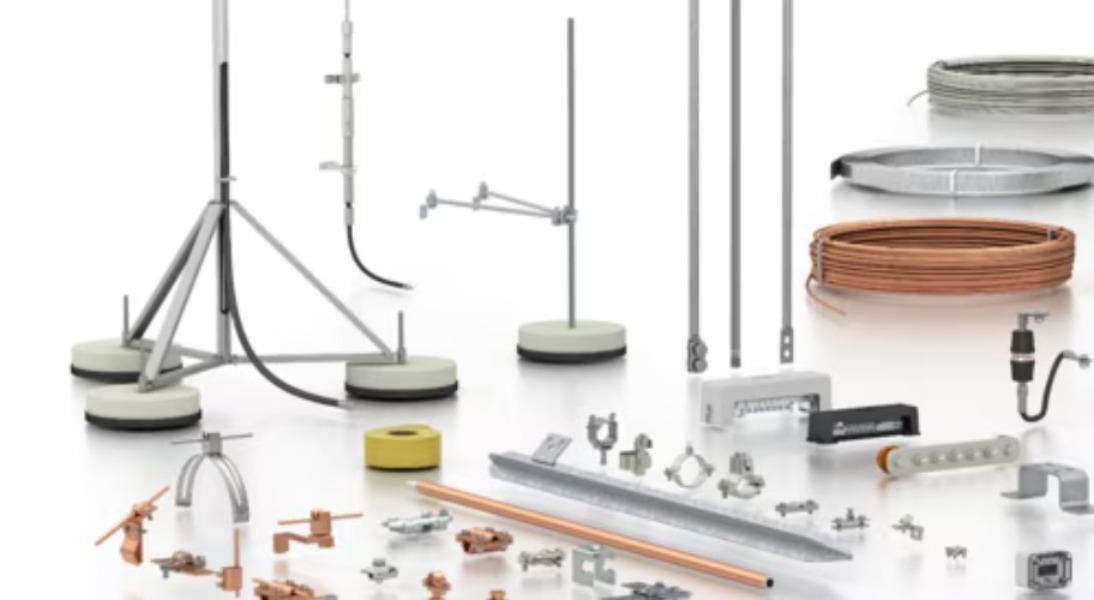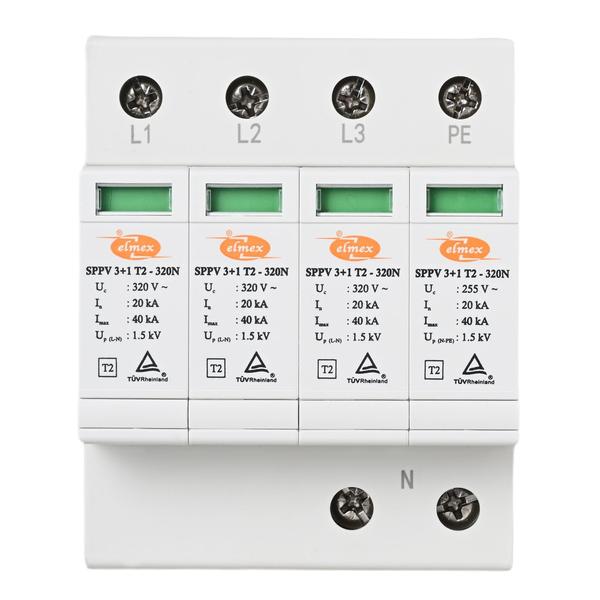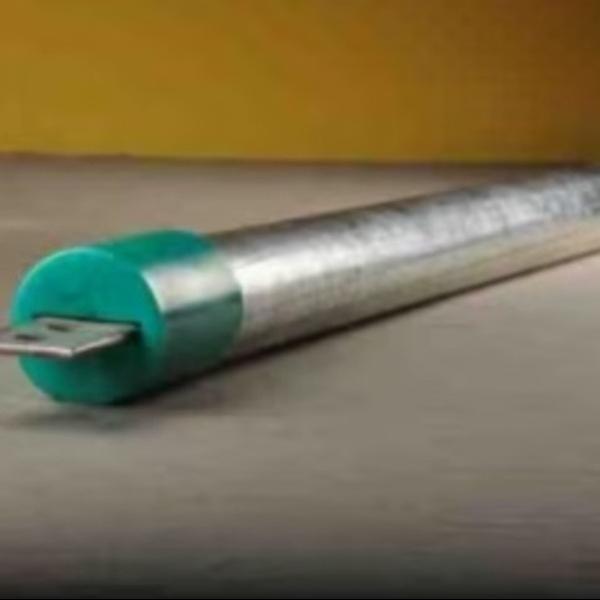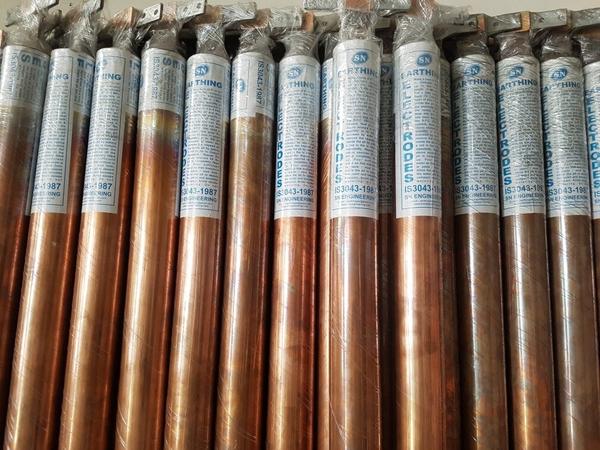
MES APPROVED EARTHING ELECTRODES
Chemical earthing is a method of earthing that uses chemicals to improve the conductivity of the soil around an earthing electrode. This is necessary because some soils, such as sand or rock, have naturally high resistance, which can make it difficult to achieve a low enough earthing resistance.
Here’s a breakdown of how chemical earthing works:
* A hole is dug in the ground, and a chemical earthing electrode is placed in the hole.
* The hole is then filled with a chemical compound that is designed to lower the resistance of the soil. This compound typically contains substances such as bentonite clay, charcoal, and sodium sulfate.
* The chemical compound absorbs moisture from the surrounding soil, which helps to create a conductive path between the earthing electrode and the earth.
Chemical earthing is a relatively simple and effective way to achieve a low earthing resistance in poor soil conditions. However, it does have some drawbacks. The chemicals can leach out of the soil over time, which means that the earthing system may need to be retested and topped up with chemicals periodically. Additionally, chemical earthing may not be suitable for use in all environments, such as areas with high levels of contamination.
Keywords
use
sand
time
rock
hole
areas
soils
method
ground
simple
charcoal
moisture
breakdown
drawbacks
chemicals
substances
high levels
environments
conductivity
contamination
effective way
sodium sulfate
bentonite clay
conductive path
earthing system
high resistance
surrounding soil
chemical compound
poor soil conditions
low earthing resistance
chemical earthing electrode
low enough earthing resistance
MES APPROVED EARTHING ELECTRODES




